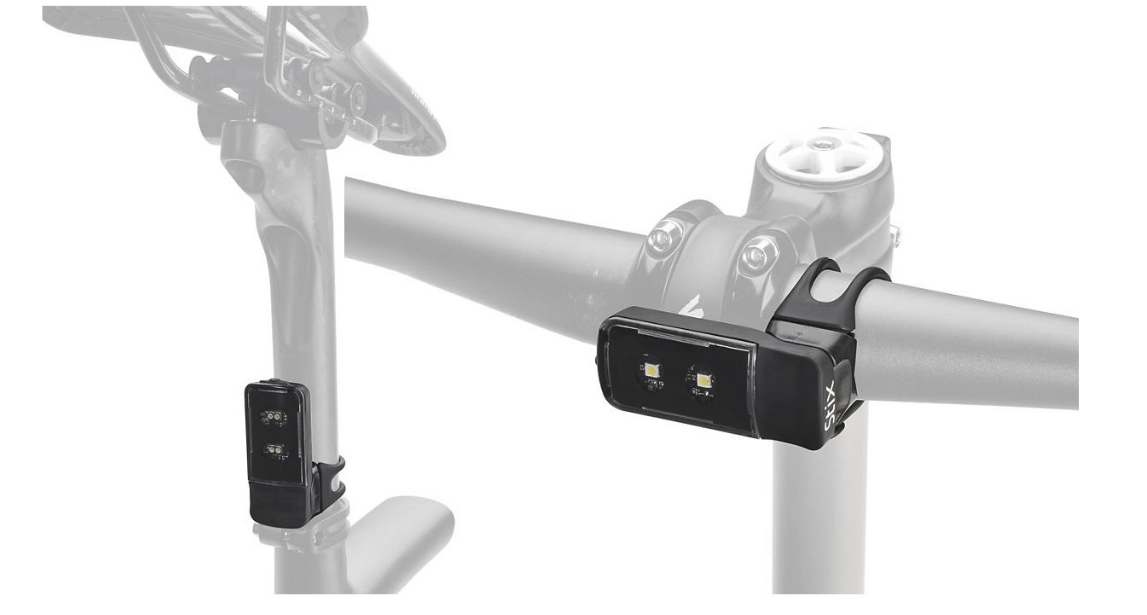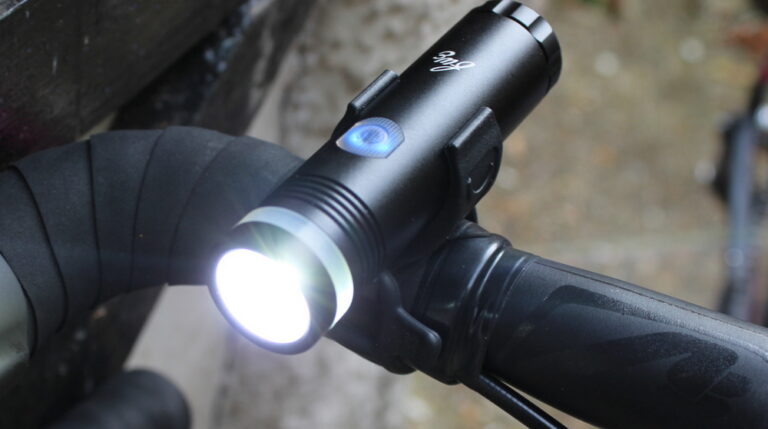This Sunday, 30 October, the clocks will go back. That means one extra hour in bed, slightly lighter mornings – but we’ll be plunged into darkness one hour earlier in the evening.
If you’ll be cycling all winter, then you’re going to need bike lights. After dusk and before dawn, it’s a legal requirement to use a red rear and white front light. However, even if you’re not riding in the dark, they can help make your more visible in wet or foggy weather.
There are many different styles of bike light available. The more you spend, the brighter the lights will be, and more expensive models are generally lighter and easier to re-charge.
Brightness: Lumens

Do you need a bright beam to see the road ahead, or a smaller light to makes sure you’re seen?
The brightness of a bike light’s beam is measured in lumens: the higher the lumens the more light the unit will omit. How bright you need your light to be will depend upon where you’re riding, and to a degree how fast.
Lights to be seen
If you’re riding in entirely lit areas, all you need is a light that makes sure other road users see you. These usually start at around 50 lumens, but there are brighter versions available. Of course if you want to draw more attention to yourself on the road, you could go for a brighter ‘light for seeing’ that will also give you greater visibility of the road ahead, but it’s not essential.
Lights for seeing
If you’re riding down unlit roads, you’ll need something to show you where you’re going. Around 300 to 500 lumens will shed light on the situation. However, if you’re riding quite fast down country lanes and need advanced warning of potential pot holes then you will want something brighter – 500 to 1000 lumens will be enough for this, the higher end of the scale giving you much greater peace of mind and allowing you to ride much faster.
Rear lights
Rear lights must be red and generally use fewer lumens – around 10 to 50 is enough but again going for the 50+ will give you much greater piece of mind.
















